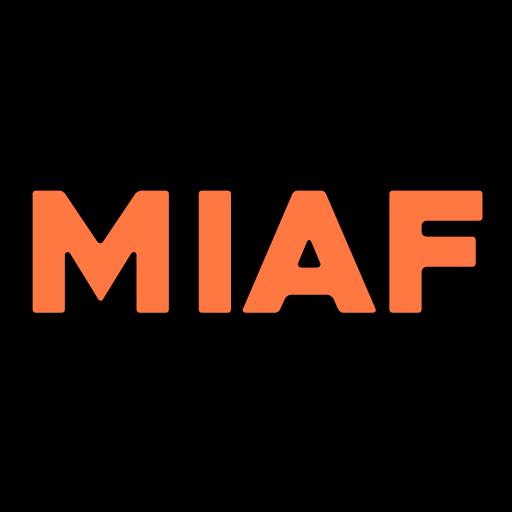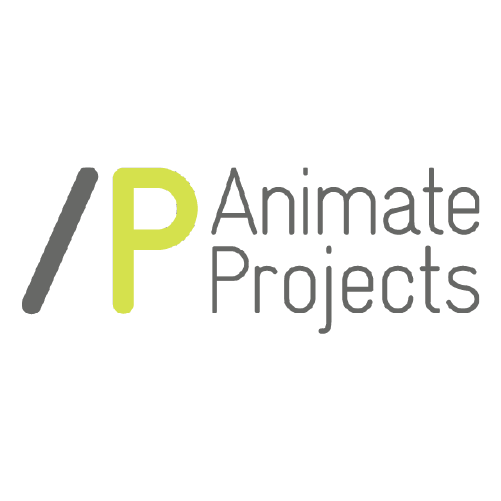
Based in Barcelona but screening all around the world, The Punto Y Raya Festival has been called “the most abstract festival in the world’ with its explorations into experimental narrative in animation and live cinema through the use of pure form, colour, motion and sound. Since its first festival in 2007, Punto Y Raya’s aim has been to bring together people from all over the world with their motto’s “ Back to basics!” and “ Only via dots and lines!”
At The Horse Hospital book tickets
Fine Film – Painting on Moving Canvas (a talk by Noel Palazzo & Ana Santos organisers of the Punto Y Raya Festival, Barcelona)
This talk explores the relationship between Fine Arts and Cinema, discussing the use of various traditional techniques applied to mass media formats, as well as digital techniques devised to convey the feel of hand drawn and painted animation.
A taste of Abstract Art in Motion: The Best of the Punto Y Raya Festival + Q&A with organisers Noel Palazzo & Ana Santos which also screens at LIAF 2017. Find out more here
In the 1910s, Cubist and Futurist painters sought to recreate Motion in their works by juxtaposing multiple frames -or points of view- on a single canvas. It was the natural step for fine artists to probe cinema as a new medium to further their avant-garde explorations. In the early ‘20s, German and French artists like Hans Richter, Man Ray and Fernand Léger formulated the guidelines to what became known as Cinéma Pur or Absolute Film, focusing on the pure elements of film like Motion, Form and Rhythm, in a completely independent manner from literature or stage. Music, both synchronous and as a counterpoint, was also consciously explored in the search for this unity between all pure (abstract) artistic expressions.
After the early experiments in the 20s and 30s the genre reached an impasse, caused by World War II and a general animosity towards artistic disciplines which evaded realism. Although wonderful works continued to be created by pioneers like Len Lye, Oskar Fischinger or Mary Ellen Bute, it was only in the 60s when abstraction rekindled the flame in both fine arts and cinema. Experimentalists started manipulating electrons to create never before imagined colours and textures. Accessible film and video effects opened countless doors for Op Artists, and the first analogue computers in the 70s also brought a whole new set of rules and aesthetics to the genre.
Today, many fine artists continue to broaden the possibilities of Absolute Film, either working with traditional means or researching new technologies to bring multiple dimensions to their plastic work; some of them also seek to create the ultimate immersive experience intervening space through formats such as installation, video sculpture, live cinema or mapping.
The talk will be complemented with some film excerpts.
















